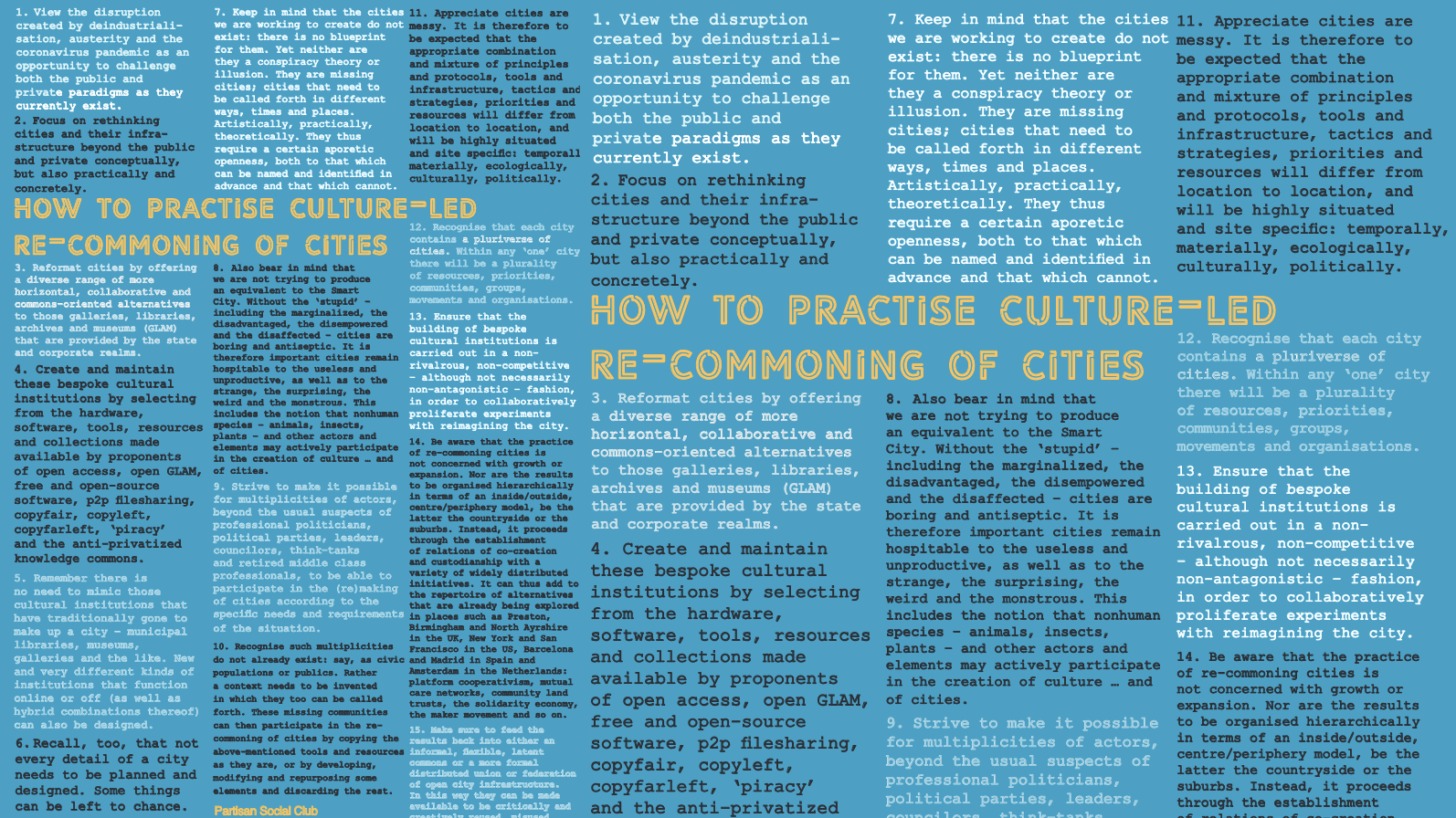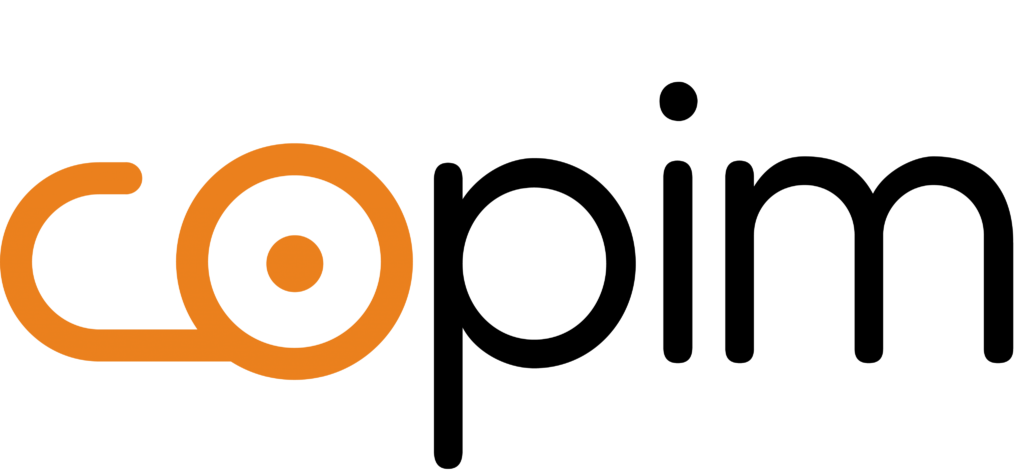For a speculative research and publishing economy
 Thursday, October 20, 2011 at 1:19PM
Thursday, October 20, 2011 at 1:19PM What I have been describing in terms of work-in-progress is very much part of a new strategy for academic writing and publishing that I and a number of others are critically experimenting with at the moment. One of the aims of this strategy is to move away from thinking of open access primarily in terms of scholarly journals, books and even central, subject and institutionally-based self-archiving repositories. Instead, the focus is on developing a publishing economy characterized by a multiplicity of models and modes of creating, writing, binding, collecting, archiving, grouping, storing, depositing, labelling, reading, searching and inter-acting with academic research and publications.
This new publishing strategy has its basis in a number of speculative gambles with the future. It challenges a number of long-held assumptions by suggesting, among other things:
• that the ‘correct’, ‘proper’ and most effective form for creating, publishing, disseminating and archiving academic research will be progressively difficult to determine and control. Scholars will continue to write and publish paper and papercentric texts. However, they will also generate and distribute their research as video, film, music, photography, graphics, animation and 3-D technology and combinations thereof. (What the academic publisher Elsevier is calling the ‘Article of the Future’ is already pointing in this direction -- although, as we can see from the beta version, in being based on the webpage, it actually repeats a lot of the latter’s papercentrism.)
• that scholars will be far less likely to publish a piece of academic research in just one place, such as a tightly bound book or edition of a peer-reviewed journal produced by a ‘brand name’ press. Again, they will no doubt still place their work in such venues. Nevertheless, their publishing strategies are likely to be far more pluralistic, distributed, multifaceted and liquid, with academics making simultaneous use of the likes of WordPress, MediaWiki, Aaaarg.org, YouTube, Vimeo, iTunesU and their future equivalents to disseminate their research in a wide variety of different places and contexts. It is even possible we will move to a situation where the same material will be reiterated as part of a number of different texts and groupings; or, as Derrida speculates in ‘The Book to Come’, where research will no longer be grouped according to the ’corpus or opus – not finite and separable oeuvres; groupings no longer forming texts, even, but open textual processes offered on boundless national and international networks, for the active or interactive intervention of readers turned authors, and so on’.
• that an increasing number of scholars will create and publish their research not just as long or even medium-length forms of shared attention along the lines of Amazon’s Kindle Singles, Ted Books (part of the Kindle Singles imprint), The Atavist and Stanford Literary Lab pamphlets, but in modular or ‘chunked’ forms, too – from the ‘between the blog and the journal’ posts of ‘The New Everyday’ section Nicholas Mirzoeff co-ordinates and edits for Media Commons, right down to the level of passages, paragraphs and at times even perhaps sentences. Scholars will do so to facilitate the flow of their research between different platforms and other means of support: books, journals and archives, but also emails, blogs, podcasts, tweets, text messages, p2p file-sharing networks, e-book readers and iPad apps - places where, depending on the platform, it can be commented and reflected upon, discussed, debated, critiqued, changed, updated, annotated, linked to, ripped, remixed, reimagined, re-combined, reversioned and reiterated.
• that scholars will also publish and disseminate their research in beta, pre-print and grey literature form (as the Public Library of Science is already doing to a limited extent with PLoS Currents: Influenza, as is the recently launched PressForward). In other words, academics will publish and archive the pieces of paper, website or blog posts, emails or tweets on which the idea was first recorded, and any drafts, working papers or reports that were circulated to garner comments from peers and interested parties, as well as the finished, peer-reviewed and copyedited texts.
• that many scholars and scholarly journals will publish just the data generated in the course of research, with a view to making this source material openly and rapidly available for others to shape and bind into an interpretation, narrative, argument, thesis, article or book (see FigShare, for one such example).
• that much of the emphasis in institutional publishing, archiving and dissemination strategies will switch. This will be achieved not least by both institutions and scholars offering users new ways to read, write, interpret and engage with their research, references and data, both pre- and post-‘publication’, and in the process create new texts, objects, artefacts and performances from this source material. It is even conceivable that the process of creating new texts, objects, artefacts and performances from this source material - including bringing groups of people together, organising, educating, training and supporting them, providing the appropriate platforms, applications and tools and so on - will become the main driver of research, with the production of papercentric texts such as books and journal articles merely being a by-product of this process rather than one of its end goals.
(This is one of a series of posts written as version 3.0 of a contribution to Mark Amerika's remixthebook project. For other posts in the series, see below and here)






Reader Comments